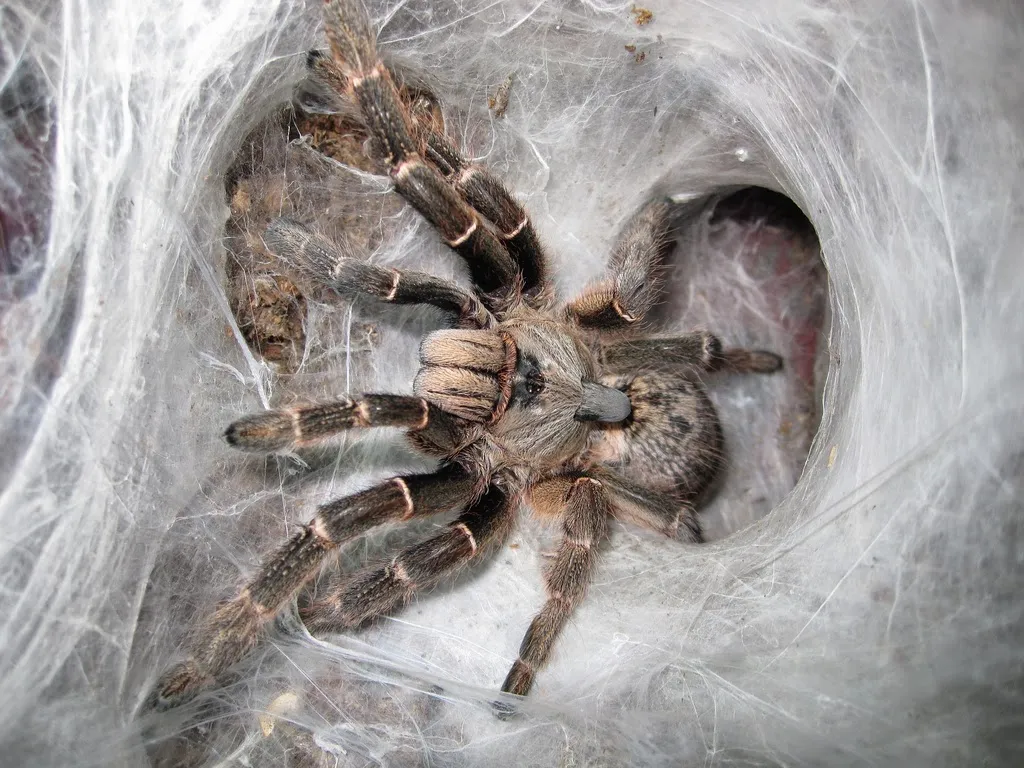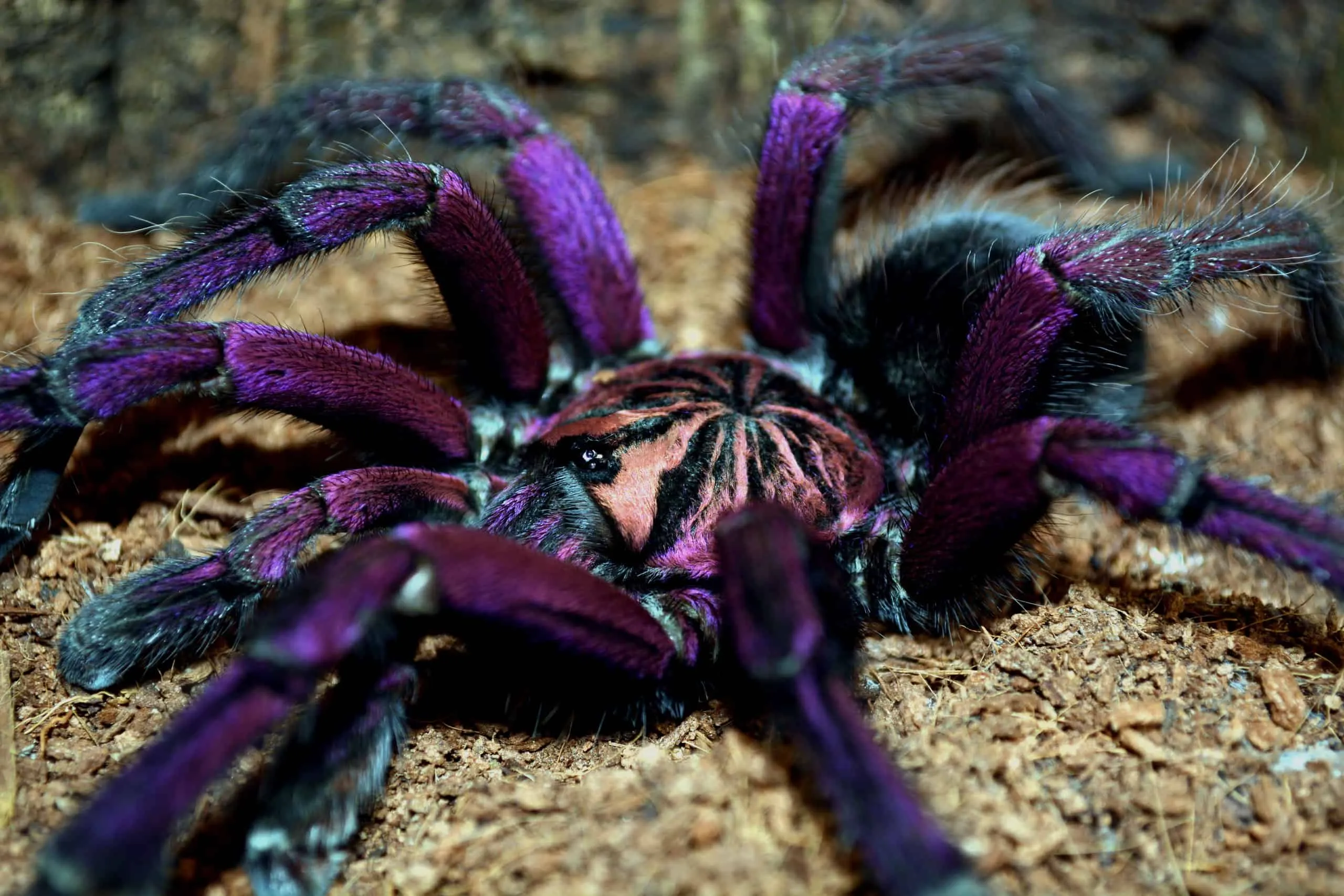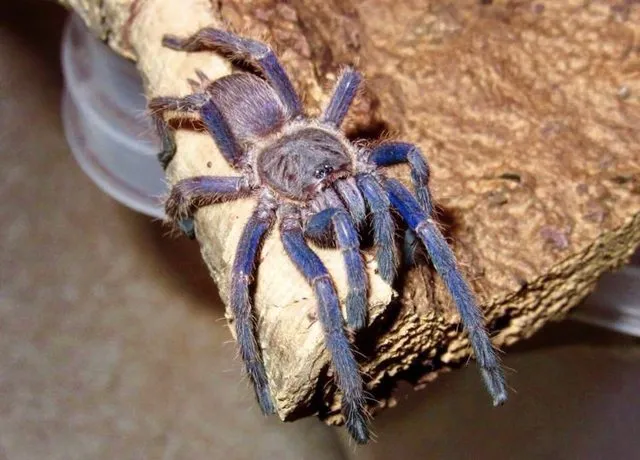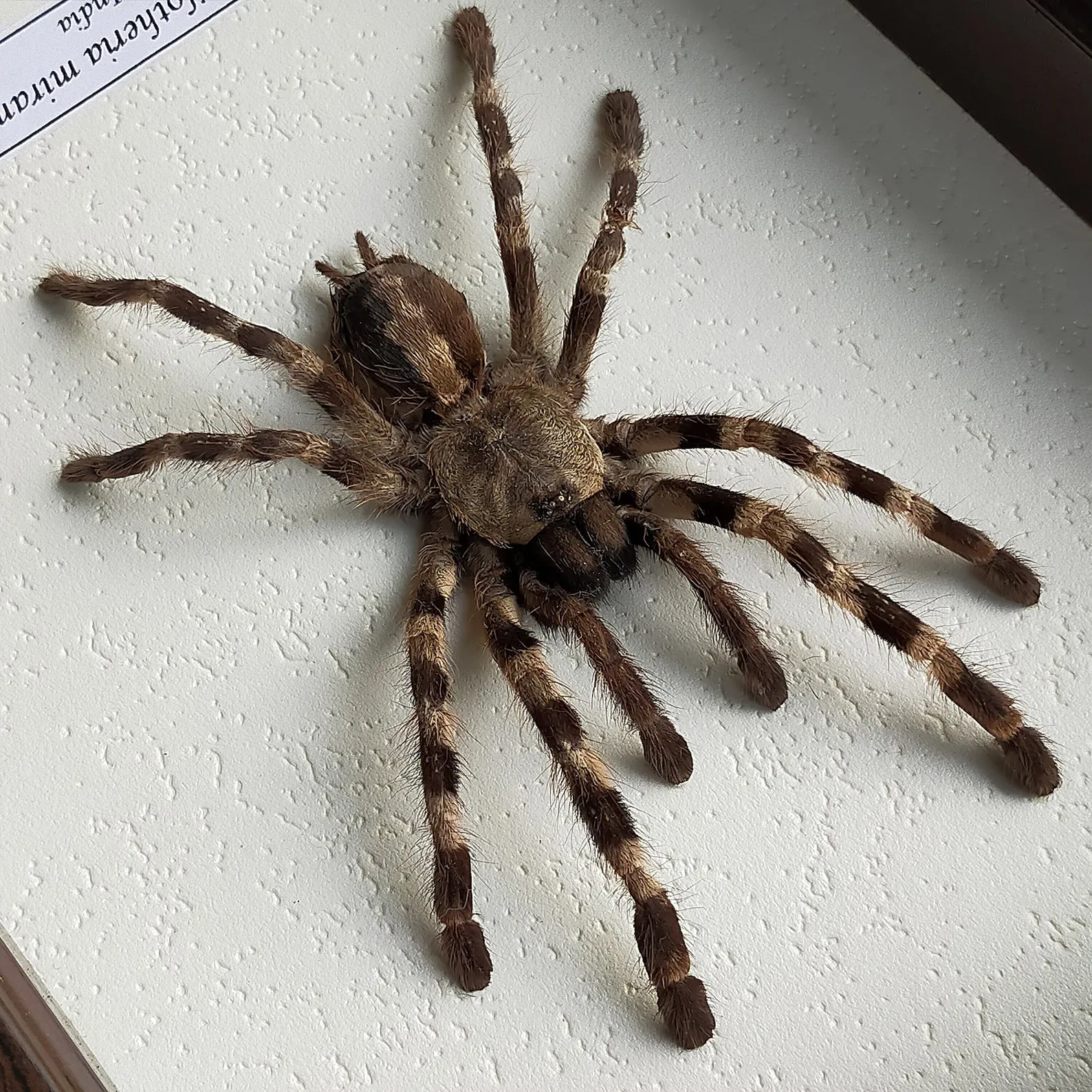What Makes a Tarantula ‘Rare’?
The world of tarantulas is vast and diverse, with hundreds of species crawling across various habitats. But what defines a tarantula as ‘rare’? Rarity in tarantulas isn’t just about finding a spider that’s difficult to spot. Several factors contribute to a tarantula’s classification as rare, ranging from its specific habitat requirements to its limited population size and geographical distribution. Understanding these factors is crucial for appreciating the uniqueness of these remarkable creatures and the challenges they face in the wild. Conservation efforts and ethical considerations are also key. The rarity of a tarantula often makes them highly sought after, which can unfortunately contribute to the illegal pet trade and endanger wild populations. This highlights the importance of responsible pet ownership and conservation practices. Responsible breeding and habitat protection are very important.
Factors Influencing Tarantula Rarity
Several key factors contribute to a tarantula’s rarity, each playing a vital role in determining its population size and distribution. These factors are often interconnected, creating a complex web of influences that shape the conservation status of each species. Habitat specificity, for instance, is a major driver of rarity. Species adapted to highly specific environments, such as particular types of forests or microclimates, are naturally more vulnerable. Limited geographic distribution also plays a significant role. Tarantulas found only in a small area or a specific range are inherently more at risk, as habitat loss or environmental changes in that area can have a devastating impact. Finally, specialized dietary needs can also contribute to rarity. Tarantulas that have very particular prey requirements may struggle to survive in areas where their food sources are scarce or absent.
Habitat Specificity

Habitat specificity is a critical factor in determining a tarantula’s rarity. Some tarantula species have evolved to thrive in very specific environments, like the humid undergrowth of a rainforest or the arid deserts. These specialized habitats provide the necessary conditions for their survival, including temperature, humidity, and the availability of suitable prey. The more specific a tarantula’s habitat requirements, the more vulnerable it becomes. Changes to its environment, whether due to deforestation, climate change, or human development, can have a devastating impact on its population. If a tarantula’s habitat is destroyed, the tarantula has nowhere else to go.
Limited Geographic Distribution
A tarantula’s geographic range is another key determinant of its rarity. Species that are only found in a small area, or a very limited geographic distribution, are inherently more at risk than those with a wider range. This is because any threat to their habitat, such as deforestation, climate change, or human activities, can have a more significant impact on their population. The smaller the area, the higher the probability that the entire population could be decimated. Limited distribution often goes hand-in-hand with habitat specificity, exacerbating the vulnerability of these already rare species. Conservation efforts often focus on protecting these limited areas to safeguard the unique tarantulas that call them home. The less space they have the more endangered they will be.
Specialized Dietary Needs
The food that a tarantula eats contributes to its rarity. Some tarantula species have very specific dietary needs, relying on a particular type of insect or other prey for sustenance. This specialization can make them vulnerable if their food source becomes scarce or unavailable. Changes in the environment, such as pesticide use or habitat destruction, can directly impact the availability of their prey, threatening the tarantula’s survival. Tarantulas that have a broader diet are more likely to survive in changing conditions, but those with specialized needs face a greater risk. For this reason, maintaining the natural ecosystem is critical to ensure prey is available.
Top 5 Rare Tarantula Facts

Fact 1 Size and Appearance
Some rare tarantulas are distinguished by their unique size and appearance. The Goliath birdeater is the largest tarantula, while others boast vibrant colors and patterns. These features often make them highly sought after by collectors. The size and colors, however, can contribute to their vulnerability. Their striking appearance can unfortunately make them targets for the illegal pet trade. Conservation efforts and education are therefore essential to protect these unique and beautiful creatures.
Fact 2 Unique Behaviors
Many rare tarantulas exhibit unique behaviors, which add to their allure. Some species have intricate burrowing techniques, while others display unusual hunting strategies. These behaviors are often specific to their environment. These adaptations demonstrate the remarkable diversity of tarantulas. Studying their behaviors helps us to understand their ecological roles and how to best protect them. Their behaviors make them popular choices for research and study.
Fact 3 Limited Availability

The limited availability of rare tarantulas is a significant factor in their rarity. Because of factors like habitat loss and limited distribution, some species are simply harder to find in the wild. This scarcity drives up their value in the pet trade, making them more desirable but also more vulnerable to over-collection. Responsible breeders and conservation efforts are vital to ensure their survival. Limiting the number of animals in the pet trade and supporting their natural habitats helps prevent over-collection.
Fact 4 Conservation Status
The conservation status of a tarantula species is a crucial indicator of its rarity. Many rare species are listed as vulnerable, endangered, or critically endangered by organizations like the IUCN (International Union for Conservation of Nature). These designations reflect the threats they face and the urgent need for conservation action. Conservation statuses are not just labels but calls to action, highlighting the importance of habitat protection, responsible breeding, and combating the illegal pet trade. Every effort counts to protect their status.
Fact 5 Venom Potency
Some rare tarantulas possess particularly potent venom. While tarantula venom is rarely fatal to humans, some species can cause significant pain and discomfort. This aspect of their biology has implications for both their survival and their appeal to collectors. Studying the venom composition of rare tarantulas can offer insights into their ecology and potential medical applications. Their venom is a powerful defense against predators. Therefore, scientists continue to study these rare creatures.
Where to Find Rare Tarantulas

Finding rare tarantulas can be a challenging task, but there are specific avenues and methods to explore if you’re interested in learning more. It’s important to remember that acquiring rare tarantulas should be done responsibly and ethically, prioritizing the welfare of the animals and the preservation of their habitats. This is to reduce any chances of endangering the species.
Specialized Breeders and Dealers
Specialized breeders and dealers are often the primary source for acquiring rare tarantulas. These individuals and businesses focus on breeding and selling specific species, often with a deep knowledge of their care and conservation. Reputable breeders prioritize ethical practices, ensuring the health and well-being of their animals and adhering to all relevant regulations. Purchasing from a reputable breeder is crucial to avoid supporting the illegal pet trade and to obtain healthy, well-cared-for tarantulas. Always research and verify the breeder’s reputation and practices before making a purchase. Avoid any questionable sales practices and make sure you understand the proper permits needed.
Online Communities and Forums
Online communities and forums are great places to learn more about rare tarantulas. Enthusiasts share information, photos, and experiences, providing a wealth of knowledge for both beginners and experienced keepers. These platforms can also connect you with reputable breeders and dealers, providing valuable networking opportunities. Be sure to approach these online communities with a critical eye, verifying information and avoiding advice from unverified sources. Verify any information you hear.
Conservation Efforts and Ethical Considerations

The conservation of rare tarantulas is a critical undertaking. It demands the collective effort of scientists, conservationists, breeders, and enthusiasts. Ethical considerations are paramount. Conservation efforts primarily revolve around habitat preservation, protecting the natural environments where these tarantulas live. Reducing the demand for wild-caught specimens helps to curb the illegal pet trade, which poses a significant threat. Responsible breeding programs play a key role, providing captive-bred individuals and reducing the pressure on wild populations. Supporting research and education initiatives is also vital. Public awareness campaigns and scientific studies help to understand the ecology, behavior, and conservation needs of rare tarantulas. By promoting responsible pet ownership, supporting ethical breeders, and advocating for habitat protection, we can all contribute to the preservation of these fascinating creatures.
Protecting Rare Tarantula Habitats
Protecting the habitats of rare tarantulas is essential for their survival. This involves identifying and safeguarding key areas where these species live. Supporting conservation organizations that work on habitat restoration and management is crucial. This can involve creating protected areas, implementing sustainable land-use practices, and combating deforestation. Supporting local communities and educating them about the importance of tarantula conservation are also key strategies. By protecting habitats, we ensure that rare tarantulas have a place to thrive, safeguarding their long-term survival.
